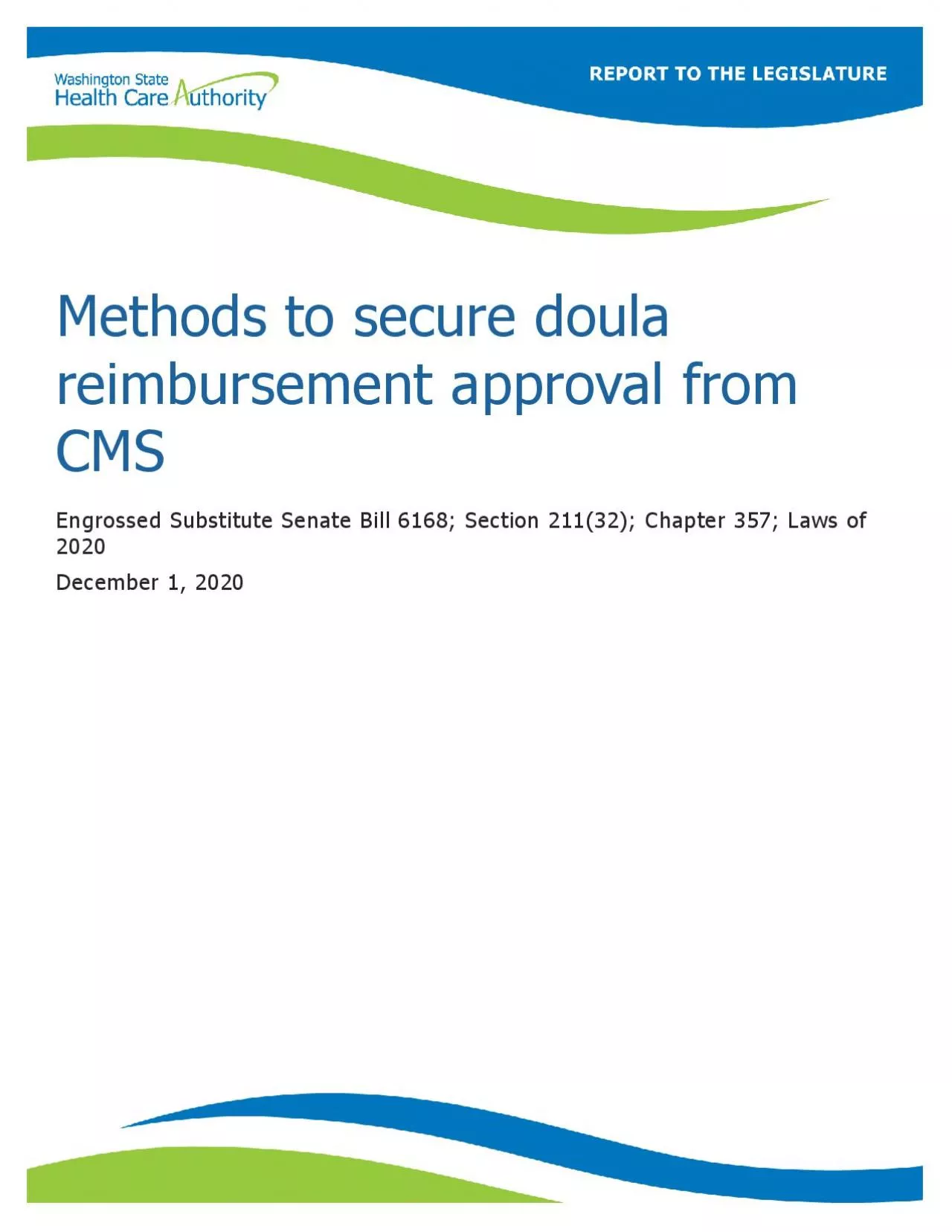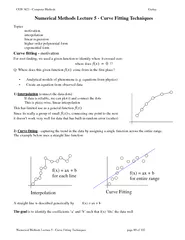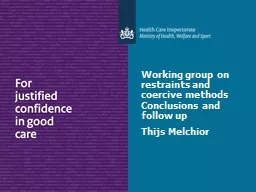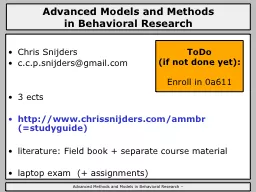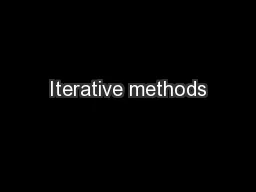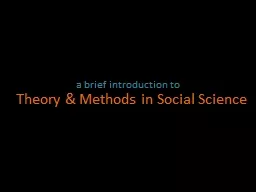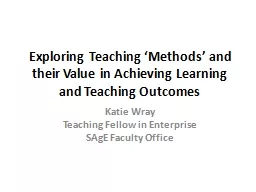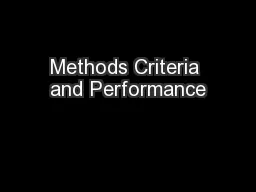PDF-Methods to
Author : dorothy | Published Date : 2022-09-06
s ecure doula r eimbursement a pproval from CMS Engrossed Substitute Senate Bill 6168 Section 21132 Chapter 357 Laws of 2020 December 1 2020 Methods to s ecure
Presentation Embed Code
Download Presentation
Download Presentation The PPT/PDF document "Methods to" is the property of its rightful owner. Permission is granted to download and print the materials on this website for personal, non-commercial use only, and to display it on your personal computer provided you do not modify the materials and that you retain all copyright notices contained in the materials. By downloading content from our website, you accept the terms of this agreement.
Methods to: Transcript
Download Rules Of Document
"Methods to"The content belongs to its owner. You may download and print it for personal use, without modification, and keep all copyright notices. By downloading, you agree to these terms.
Related Documents

